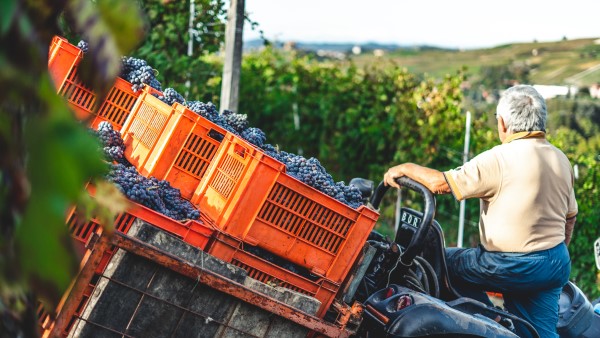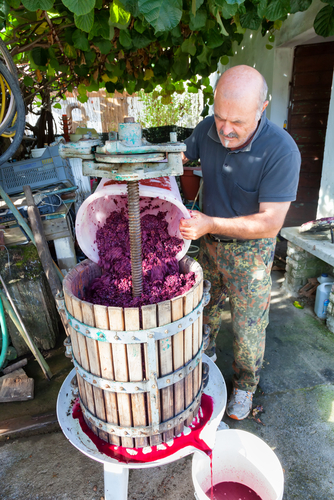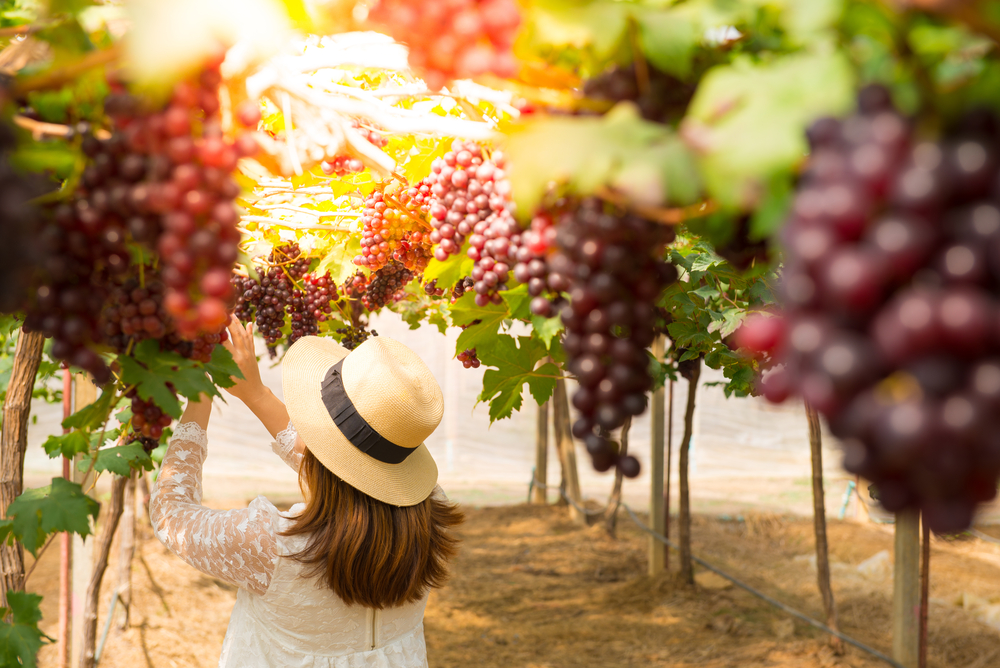Winemaking is fundamentally a form of agriculture.
Harvesting the grapes is the first step in making the perfect bottle of wine. The grapes used will determine the sweetness, flavour, and acidity of the wine.

When it comes to red wine, they are made from grapes with dark or red skins. The wine’s colour is caused by its contact with the grape skin, seed, stem material collectively known as pomace.
After the grapes have been harvested, winemakers will crush them until the grape juice containing seeds and skins forms. While the skins and seeds are removed in the production of white wine, they are left in red wine to enhance the flavour and body of the fermented drink. The intensity of the wine’s color, whether it is maroon or bright crimson, is proportional to the length of time the grape juice ferments with its skins on.

The grape juice begins to ferment naturally within 6-12 hours. Nonetheless, many winemakers add cultured yeast to the liquid to ensure the final result and consistency. Next, the clarification process begins, whereby the tannins, proteins, and dead yeast are removed in this step.
Finally, the wine is either bottled or left to age in oak barrels.
Want to become a better wine buyer and drinker? ?Here’s a list of wine lingo and terms that will change how you buy and drink wine.




